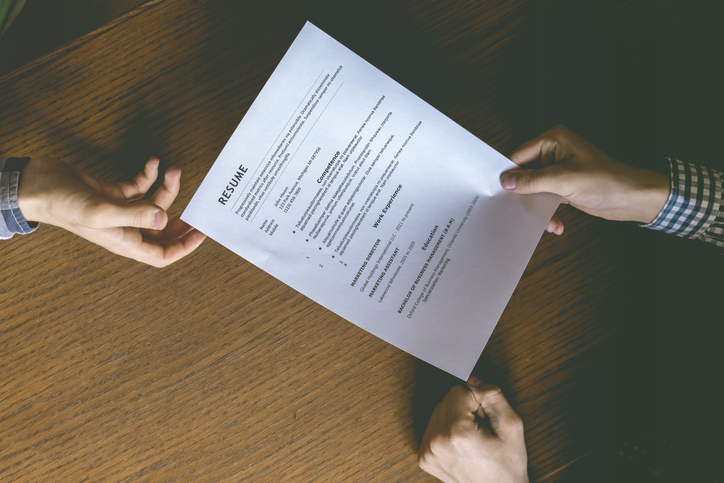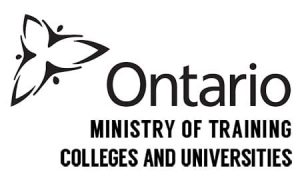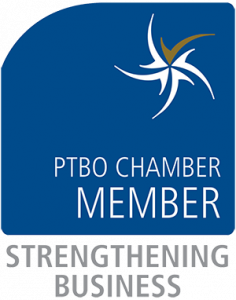
In today’s competitive job market, it’s important to set yourself apart from other candidates in any way that you can. If you’re seeking a career as a dental hygienist, your resume will be your ticket to landing a job interview, and eventually, a position as a professional dental hygienist. For this reason, it’s important to put together a resume that does a great job in highlighting your skills, experience, and qualifications.
When a potential employer sees your resume, they should be able to instantly tell that you have what it takes to succeed at the position in question. By following a few helpful tips and tricks, you can put together a great resume that will help you to stand out amongst other applicants and launch a successful career. Below, explore how to put together a winning resume after completing your dental hygienist training.
After Your Dental Hygienist Program, Include a Personal Summary on Your Resume
When creating a resume, it’s not uncommon to assume that you only need to include your education, skills, and work experience. However, one of the most important things you can do to make your resume stand out from the rest is to include a brief summary of who you are at the beginning of the document. Including a personal summary will make your resume unique, helping employers to learn more about who you are than they would just from reading about your skills and past experience. After completing your dental hygienist program, write a summary statement for your resume which includes a description of your own skills and qualities that will help you to succeed as a dental hygienist.

Integrate Quantifiable Information in Various Sections
As you might already know, your resume should include all of your relevant work experience, your educational background, and a list of the specific skills you have gained over time, which will enhance your success once you become a dental hygienist. Some of the information you’ll provide in these sections is self-explanatory, such as your job title, the dates you were employed, or where you completed your training. But what you might not know is that integrating detailed, quantifiable information within these descriptions of previous jobs or qualifications can be helpful in showing an employer exactly what you can contribute to their work environment. For example, rather than saying you “assessed clients’ oral health needs,” you may want to be more specific, writing “assessed the oral health needs of around 10 patients per day, providing client-centered care to each one.” Including detailed, quantifiable information in your resume will help employers to understand more about how you’ve contributed to an organization or what steps you took to succeed throughout your past professional life.

Never Use the Same Resume Twice
Writing a resume can be time consuming, but unfortunately, you still can’t create just one resume to use for every job you apply to. When applying for dental hygienist positions, you’ll want to tailor your resume to the job description in question. While a dental hygienist’s general role might be similar in two different dental offices, a few key qualities of the job in question or the working environment itself may differ in some cases. With this in mind, be sure to read over the job description closely before submitting your resume. Do you see any keywords that stand out to you, such as specific skills or characteristics an employer is looking for? If you identify with any of these keywords, such as “attention to detail” or “strong communication skills,” you can make sure to emphasize them throughout your resume, tailoring it to the job you’re applying for.
Want to enroll in a dental hygienist course?
Launch your career with a program at Oxford College today!






